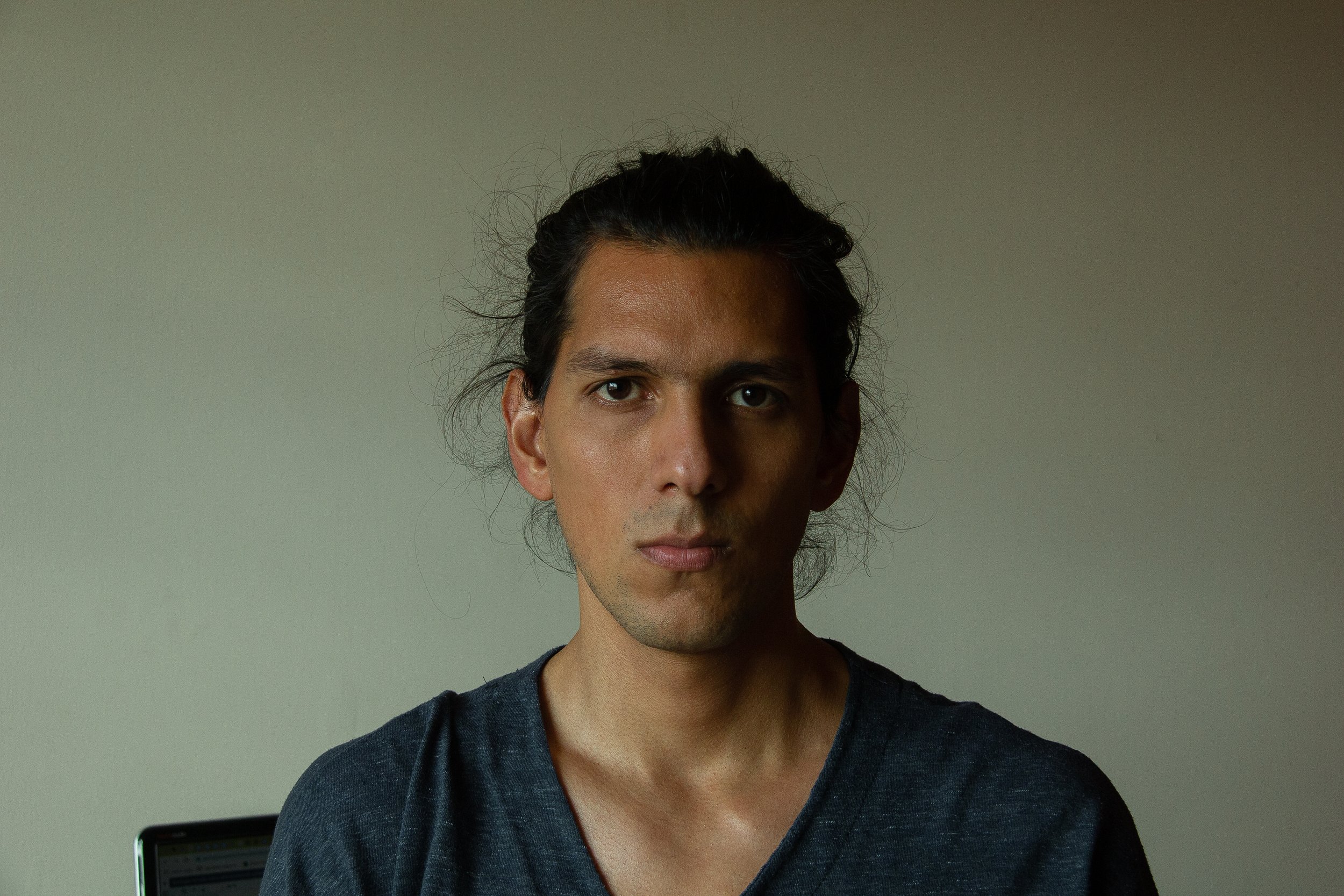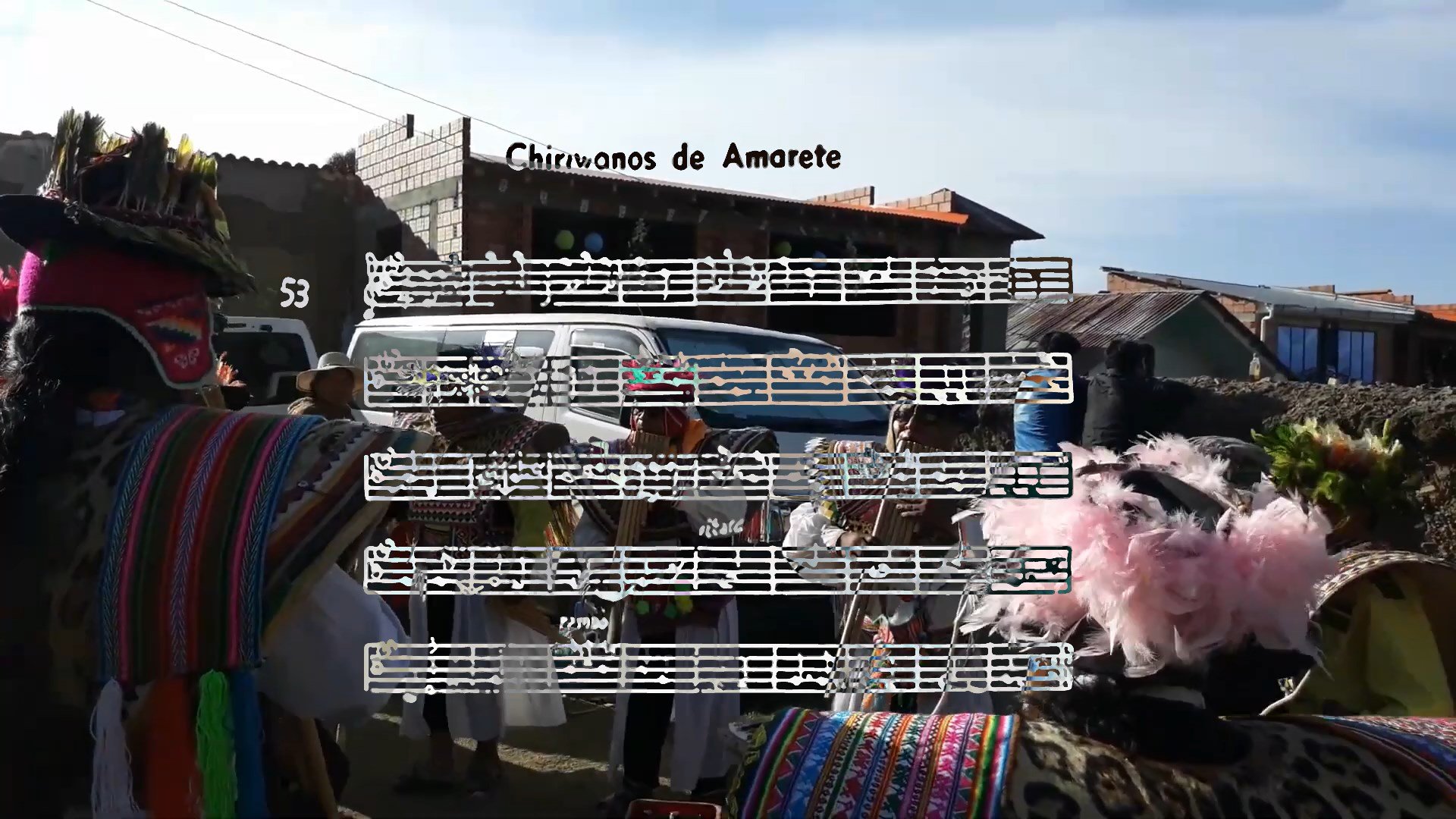Esteban Prudencio



Esteban Prudencio (Tarija, Bolivia, 1992) has been exploring for several years now—personally and cinematographically—an approach to the subjects that built up a territory, understanding them as constructions of multiple more-than-human agents in permanent negotiation who claim for a patient and intuitive observation. Through this, he aims to generate an influx of counter-hegemonic images and archives that are capable of opening cracks of political and ecological imagination in the face of the turbulence and upheaval that we are part of in our time.
For CYCLE II, COUSIN has commissioned their film with Esteban Prudencio borde chiriguano. The diffuse borderline that physically and historically separated the Andean and the Amazonian world unfolds throughout Bolivia and has been for a long time the backdrop of a clash of cultures and peoples with a will to resist, advance and accommodate.
Chiriguano was a generic term used by the Andean people to refer to any foreigner coming from the lowlands of the Amazonia. The idea that these two broad ethnic groups were not only never allies, but inherently opposed, is widespread. Against this belief The Llanos de Moxos (located near the southern border of the Andes with Amazonia) could be an ideal case study. Here a group of researchers—integrating conventional archaeology with state-of-the-art geoarchaeology, biomarkers, palaeoclimatology, palaeoecology and artificial intelligence—is working on modeling and reconstructing the human demography and environmental dynamics for the last 10,000 years, where in addition to unique complex urban archaeological sites, it has been discovered that it was the first place where domesticated plants appeared in South America and only later spread to the rest of the subcontinent. This evidence endorses to some extent the tale according to which this place would be Paititi: a mythical land of riches sought by the Guarani people since pre-Hispanic times and also the place where the Incas supposedly took refuge just after the arrival of the conquerors.
Although there is not enough material evidence to confirm the actual existence of this land, several lines of flight make scientific syntheses resonate with ancient myth and ordinary practices, giving rise to a speculative interpretation that captures the correspondences between events through different times and spaces, and traces the subterranean exchange between worlds and cultures that have managed to filter subtly into dances, musics, bodies and landscapes, in order to survive. Maybe the tierra rica of Paititi is still far off, lying ‘over there’, for the peoples yet to come.
